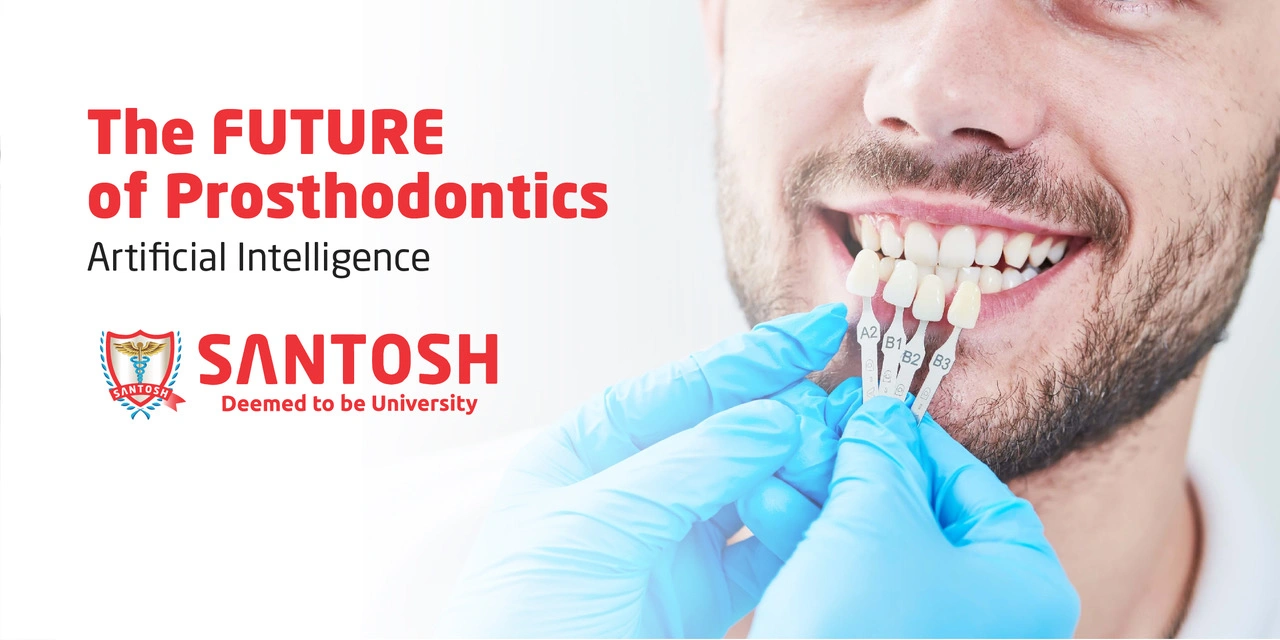
In the era of digitization, various technological advancements are not limited to the medical field. In fact, there has been a great uptake of such innovative technologies in dentistry too. Keeping in view the various fields of dentistry, the status of such innovations have been enjoyed maximally by “PROSTHODONTISTS”.
The branch of PROSTHODONTICS has witnessed various challenges in the past, present and is continuing to face such challenges in the years to come. One such recent trend going on in the field has been categorized as “Artificial Intelligence” or “Machine Intelligence”. It is defined as theory and development of computer systems working in collaboration with the human intelligence. The idea is to move further with the establishment of machines that can work and perform various tasks being performed by the humans. Machine learning (ML) is a subcategory of AI, in which algorithms are applied to learn the intrinsic statistical patterns and structures in data, which allows for predictions of unseen data. A popular type of ML model are neural networks (NNs), which outperform more classical ML algorithms in particular on complex data structures such as imagery or language. The term “deep learning” is a reference to deep (multilayered) NN architectures. These are particularly useful for complex data structures, such as imagery.
AI is slowly nudging its head in the field of Prosthodontics and will continue to do so. There has been a breakthrough in the field with special emphasis on CBCT (Cone Beam Computed Tomography) and 3D scans for Implant Prosthodontic diagnosis in a more precise manner. In fact, with the use of AI for precise fabrication of surgical templates and determining the bone quality, the results have been exceptional. The use of computer‐aided design (CAD) & computer‐aided manufacturing (CAM) and furthermore Rapid Prototyping (RP) technologies gained much importance in the field. However, with the introduction of AI using generative adversarial networks, laboratories are using AI to automatically generate advanced dental restoration, designed for perfect fit and ideal function of the prosthesis while exceeding aesthetic expectations. This has proved to be a boon in the Prosthodontic sector as well as in maxillofacial
prosthodontics for the successful fabrication and prosthetic rehabilitation with cranial prosthesis.
Keeping in view the utility of AI, it seems as if virtuality is gradually becoming a reality in Prosthodontics.

